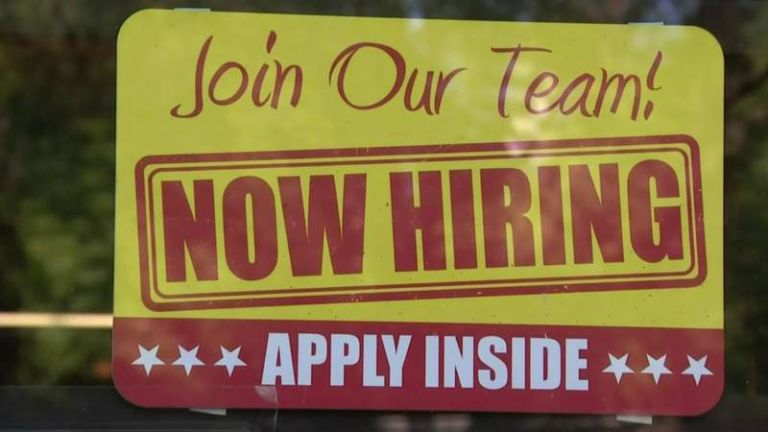The managing editor of Fortune magazine, Andy Serwer, shares in the latest issue some concerns about the Federal Reserve‘s continued meddling in the economy.
Assuming Janet Yellen is the next Fed chair, sometime in her tenure she will need to wind down the historic quantitative-easing policy that has been in effect since November 2008. The stimulus — which has entailed the Federal Reserve’s buying hundreds of billions of dollars of Treasury securities — was put in place to keep the economy from tanking during the Great Recession and then to try to help it recover. How adroitly Yellen winds down, or tapers, will surely be a defining act of her time as Fed chief. No pressure, Janet: The fate of the biggest economy in the world depends on you.
Let’s walk through just how tricky it is. First of all, we really have no idea whether quantitative easing has worked. The inability to measure cause and effect leads some to argue that we should end the program. They say all that easy money hasn’t done anything — GDP growth is still anemic in the mid-2% range, and the unemployment rate is still above 7%. Of course, folks at the Fed say that without the stimulus we’d be in much worse shape.
There’s no control to the experiment, so we’ll never know, but my feeling is that early on the Fed’s policy did mitigate a financial catastrophe and engender a recovery, if only because it showed that our government would step up and act. In conversations with the likes of Hank Paulson, Ben Bernanke, and Tim Geithner, I was told that if the government failed in preventing the worst-case scenario, it wouldn’t be because of “underdoing,” which they believed was what occurred in the 1930s. Fair enough. Lately, though, I think the Fed has been tap dancing, or extending the show unnecessarily.


